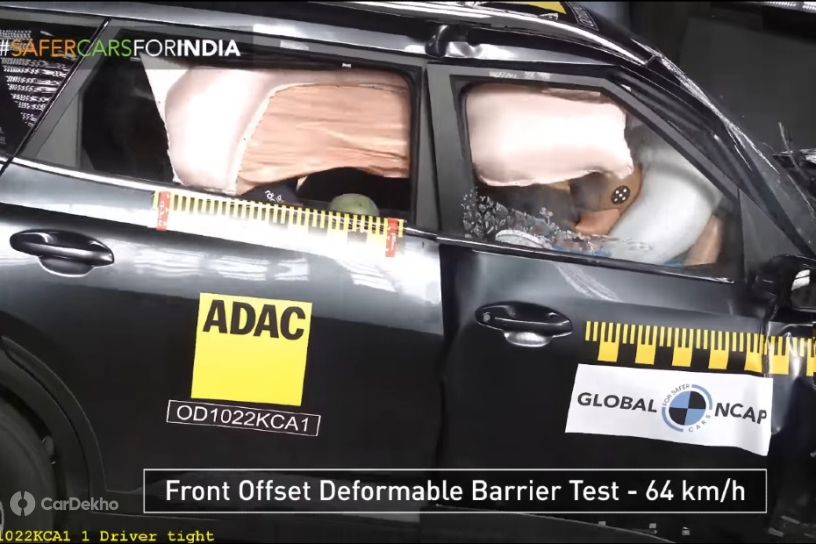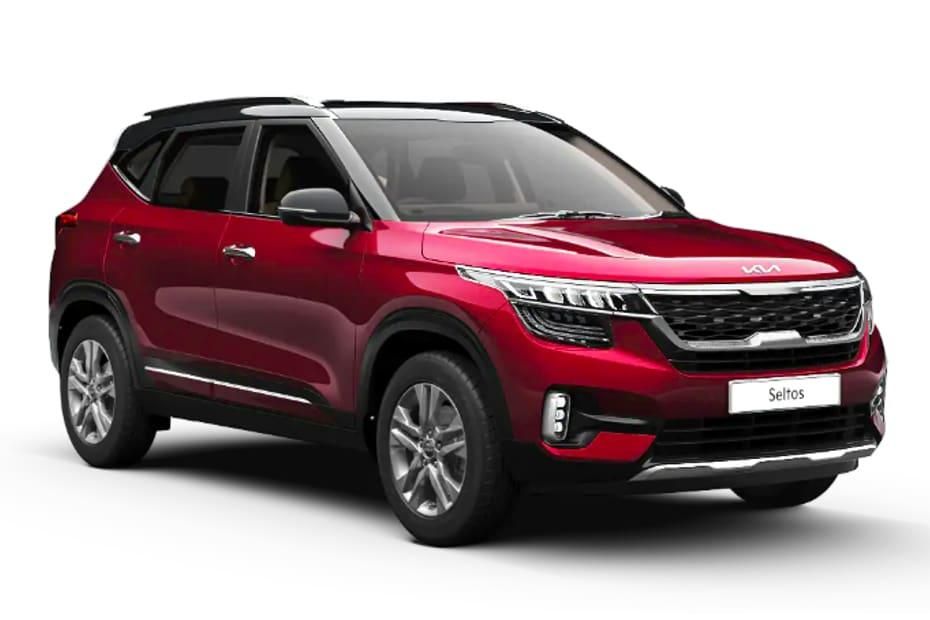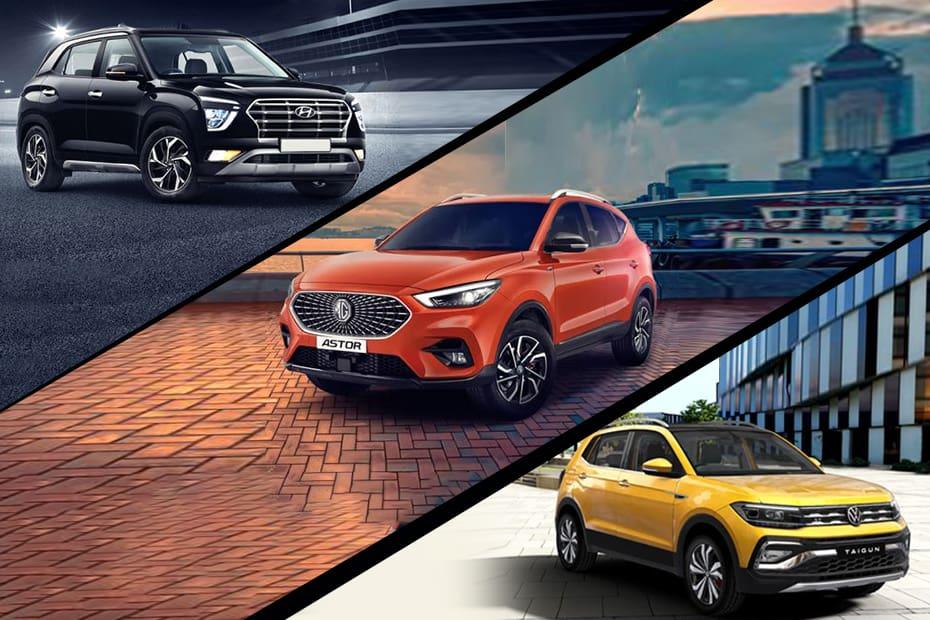Proven: More Airbags Do Not Guarantee Increased Safety
Published On Jun 25, 2022 01:00 PM By Sonny
- Write a comment
A harsh reality in the face of upcoming government regulations that plan to mandate six airbags as standard

The Kia Carens is currently the only mass-market car in India to offer six airbags as standard. It scored a three-star safety rating from Global NCAP, undergoing the same tests as the Tata Punch that scored a five-star rating despite only having two airbags. Alas, the global vehicle safety assessment program has proven that more airbags do not have a linear impact on improving passenger protection.
Why the focus on six airbags?
The Ministry of Road, Transport and Highways (MoRTH) has been pushing to update the regulatory mandates for new cars in India to offer six airbags as standard. Not only would this significantly raise the base price of many entry-level affordable models, it could also be unfeasible for some of them to be equipped with the added airbags without significant modifications. While we align ourselves with the objective of improving road safety in India, we now have proof that there are better ways to achieve that goal than by simply increasing the number of airbags a car has to offer as standard.

Where did the Kia Carens fall short?
Three words: body shell integrity. The Kia Carens was subjected to the standard frontal offset crash test at 64kmph, the same as all Indian cars in the last eight years. However, this 2022 model’s body shell and footwell were rated as unstable. It scored 9.3 out of a total 17, just enough for a three-star rating for adult occupant protection. It was able to offer good protection to the heads of the front passengers, but marginal protection to their thighs. It gets worse for the dummy in the driver’s seat whose feet had weak protection while the chest protection was rated as marginal.
How did models with fewer airbags get better scores?
The top ten Indian cars with the highest safety rating from Global NCAP are only equipped with the bare minimum of dual front airbags. These models score better than the Carens in the same test thanks to the safer structural design and their body shell integrity was rated as stable, and capable of withstanding further loads. They were able to provide better adult occupant protection because of better design, not because they had more airbags.
For example, the Honda Jazz and Mahindra Marazzo scored four stars from GNCAP and their body shells were rated as stable. Both models only had the dual front airbags, the Jazz scoring 13.89 points for adult occupant protection while the Marazzo scored 12.85 for the same. The driver’s feet had good to adequate protection in both cars.


If not airbags, what changes should MoRTH focus on?
The usual response for a poor safety rating from Global NCAP is that the vehicle meets all legal requirements of the country where it will be sold. Now that we have seen proof that increased airbags are not the most effective way to ensure safer cars, the government can focus on improving other automotive standards. This could include more stringent crash tests on a domestic level to ascertain the structural integrity of all cars no matter their price positioning. This should be incorporated into the upcoming Bharat NCAP for testing Indian models in-house.
Related: Bharat NCAP Crash Tests Receive A Go Ahead From Government
The Indian government already has plans to add another active safety feature to the list of mandatory equipment - Electronic Stability Control, ESC. According to a GNCAP report from early 2020, anti-skid technology has been shown to be effective in reducing fatal crashes by over 35 percent. It has already been a standard safety fitment by law in Europe, Australia, the USA and Japan for more than a decade.

ESC is just one of many active safety features that can prove to be more effective at preventing accidents and saving lives than passive safety features such as airbags. However, even these features should be a second priority to raising the base standard of ensuring adequate structural integrity for any new model before it goes on sale.















